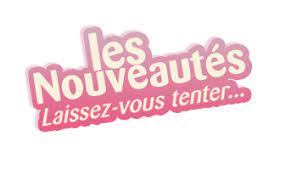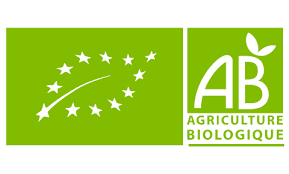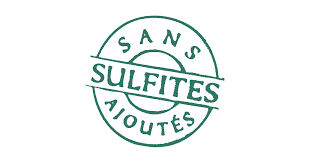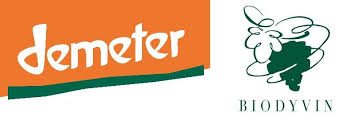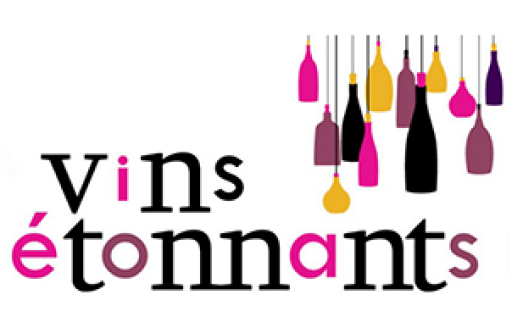Livraison à partir de 9.50€ pour la France !
Franco à 250€ de commande pour le France continentale et la Belgique.
 VIN BLANC
VIN BLANC
 classieux
classieux
Delivery within 4/5 working days, express by UPS, Chronopost or Fedex at home, on a relay point or by messaging

Les 7 Extra-Brut Solera
CB, Applepay, payment in 3 times Klarna, Transfer, Bancontact, CBC, Sfort, Giropay, IDEAL, EPS, Postpay, Maestro, American Express, Landscard, Belfius, Przlewy24 , ...
Features

Plusieurs siècles auparavant, les ancêtres des Laherte cultivaient déjà la vigne. Les méthodes de travail n’étaient pas celles actuellement, et les cépages non plus. Ces cépages perdus de la Champagne ont été retrouvés au coeur des plus vieilles parcelles. Aurélien et ses parents ont décidé de recréer une parcelle d’antan, afin déguster à nouveau ce qu’était un vin de Champagne il y a 250 ans…
Pratiques culturales : traditionalistes et durables. Influencées par des pratiques naturelles et dynamiques. L’ensemble du travail est manuel et entretenu uniquement par la famille Laherte.
Cépages et vignoble :
Terroir de Chavot. Plantation récente. Exposition Nord-Est. Sol argilo-calcaire profond avec présence de petits cailloux, schistes et silex. Sous-sol crayeux reposant sur un calcaire dur. Répartition des cépages, environ :
10% Pinot Gris (Fromenteau), 8% Arbanne, 14% Pinot Noir, 18% Chardonnay, 17% Pinot Blanc, 18% Pinot Meunier et 15% Petit Meslier
Méthode de vinification :
Raisins cueillis manuellement à maturité optimum et pressurage traditionnel - Sélection des premiers jus uniquement avec débourbage très léger - Fermentation alcoolique lente et spontanée en barriques (âgées de 10 ans minimum) - Elevage sur lies fines pendant 6 mois avec batonnage régulier jusqu’au printemps - Fermentation malo-lactique non réalisée.
Un assemblage de plusieurs années est réalisé, tels une solera : 50% des vins de l’année sont ajoutés à 50% d’une réserve perpétuelle des années antérieures (depuis la première récolte en 2005)
Filtration légère avant la mise en bouteille.
Dégorgement et Dosage : de 0 à 4g en octobre 2022
12.5 % Alc. Vol

House founded in 2003

One of the widest selections of the web of authors' wines and craftsmen
What is an author wine?
This can be so diverse depending on the personality of their sire, that it is easier to define what it is not. An author wine is anything but a standard, stereotypical wine, made to please as many people as possible. It is therefore rarely produced in millions of copies, copying itself from vintage in vintage.
An author wine is therefore a wine that does not look like that of the neighbor. Which from year to year will evolve according to the vagaries of the weather and the mood of the author - the two that can be linked. Because the author does not rely on market studies to carry out his boat. He makes his wine as he feels, as he likes, as he can, sometimes ... and too bad if he does not please everyone.
This is why author wines are sometimes classified as "table wine" or "France wine". Because the winemaker did not plan the authorized grape variety*, makes the assembly or vinification recommended in the name **. He is often a bit rebellious, our author. But that is why we like it! ... That said, author's wines are not systematically marginal: they are present in most of the appellations, and can be part of the elite of these this***. Because they are not content to have personality: they are good, in addition! With in general aDegree of TorchabilityVery high: we never tire of it at the end of the first sip.
As author's wines are not chaptalized, levied, hacked ... They can have very different profiles depending on the vintage. It is up to us (resellers and consumers) to accept them as they are, and to remain faithful to the producers, because they need us to continue their activity.
______________________________
* For example, theTouriga Nacionalin the Minervois, or theSyrahIn Forez ribs. They are crazy, these authors!
** Some winegrowers dare to produceSweety with Mourvèdre or oneNatural sparkling with Pineau d'Aunis
*** Like those of Jean-François Ganevat in the Jura or Zind-Humbercht in Alsace

